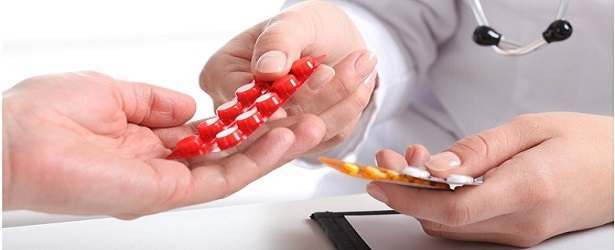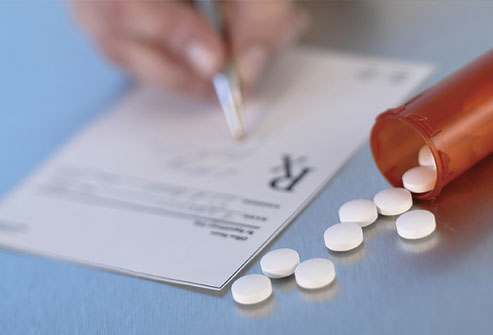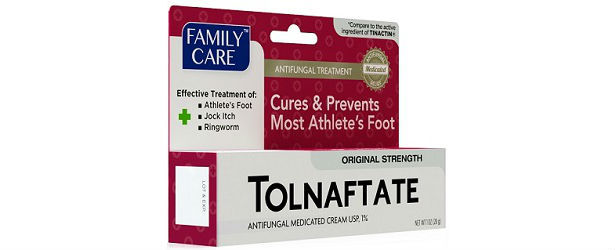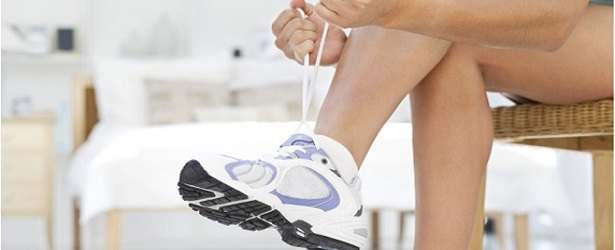
Oral Medications for Athlete’s Foot
Athlete’s foot is caused by a fungal or bacterial infection. Symptoms include dry skin, blisters, itching, peeling or flaky skin, or a burning sensation between your toes. Usually, these are treated with an anti-fungal lotion, but for more serious cases you may need to take an oral medication. Some of these medications include:
Itraconazole
This medication is most often proscribed for oral fungal infections, including infections in the mouth, throat, and lungs. However, it is also used to treat infections in toe and fingernails. Your doctor may prescribe it to you as a liquid, capsule, or tablet, but whatever the form, you need to take the medicine exactly as it is prescribed.
 There are possible side effects with Itraconazole. These include a skin rash, headaches, stomach pain, itching, dizziness, constipation, or diarrhea. The effects will normally go away in less than five days, but you need to contact your doctor immediately if they go on for longer or become severe. If you have any of these more dangerous side effects, you need to contact your doctor right away. These include dark colored urine, swelling, extreme weight gain in a short period of time, a change in stool color, fever, nausea, shortness of breath, hearing problems, pain while urinating, or a yellowing of the eyes or skin.
There are possible side effects with Itraconazole. These include a skin rash, headaches, stomach pain, itching, dizziness, constipation, or diarrhea. The effects will normally go away in less than five days, but you need to contact your doctor immediately if they go on for longer or become severe. If you have any of these more dangerous side effects, you need to contact your doctor right away. These include dark colored urine, swelling, extreme weight gain in a short period of time, a change in stool color, fever, nausea, shortness of breath, hearing problems, pain while urinating, or a yellowing of the eyes or skin.
Make sure that you tell your doctor what other medications you are taking because prescriptions containing ergonavine, cisapride, midazolam, lovastatin, and quinidine can negatively interact with itraconazole.
Fluconazole
This medication is like itraconazole in that it is usually used to treat internal infections like those occurring in the stomach, mouth, throat, organs, and vagina. In fact, it is used primarily to cure yeast infections. It will be prescribed as a tablet or liquid and must be taken every day. As with itraconazole, there are a number of side effects that will usually go away after a couple days, including heartburn, stomach pain, diarrhea, or a change in the way food tastes.
 If you have any of these serious side effects, you need to call your doctor right away. These dangerous signs include poor appetite, bruising or bleeding, difficulty swallowing or breathing, a yellow tint in the eyes or skin, a rash, or seizures. Again, because of negative drug interactions, you need to inform your doctor of all the medications you take. The ones that are particularly bad to take with fluconazole include zidovudine, terfenadine, stall, rifampin, valproic acid, and warfarin. If you are on any of these, your doctor may change the dose of fluconazole accordingly.
If you have any of these serious side effects, you need to call your doctor right away. These dangerous signs include poor appetite, bruising or bleeding, difficulty swallowing or breathing, a yellow tint in the eyes or skin, a rash, or seizures. Again, because of negative drug interactions, you need to inform your doctor of all the medications you take. The ones that are particularly bad to take with fluconazole include zidovudine, terfenadine, stall, rifampin, valproic acid, and warfarin. If you are on any of these, your doctor may change the dose of fluconazole accordingly.
Terbinafine
Finally, the drug most commonly used to treat athlete’s foot or other fungal infections on the finger or toenails is terbinafine.
Your doctor will prescribe this in the form of a tablet that you need to take every day for 3 months. As with all medications, there may be side effects. The ones generally associated with terbinafine include hives, rash, itching, and stomach pain. If they do not go away after a few weeks, you need to contact your doctor. If you experience any of these dangerous side effects, you need to contact your doctor right away. These include a severe rash, sore throat, fever, dark urine, a change in stool color, a sore throat, vomiting, or extreme fatigue.
TOP 5
ATHLETE'S FOOTTreatments |
|||||
| Athlete's Foot Clear | Naturasil | Healing Natural Oils | Forces of Nature | DeSensua | |
|---|---|---|---|---|---|
| 1 | 2 | 3 | 4 | 5 | |
| Price (1 bottle) Price (6 bottles) *Best Value |
$49.95 $139.80 |
$31.30 $169.00 |
$29.95 $161.73 |
$34.85 $188.00 |
$23.99 $129.55 |
| Overall Rating | 99.30% | 82.20% | 79.40% | 74.80% | 66.30% |
| Effectiveness |      |      |      |      |      |
| Speed of Results | Extremely Fast | Good | Average | Slow | Slow |
| Quality of Ingredients | Premium | Good | Good | Average | Average |
| Customer Satisfaction Evaluation | 99.10% | 80% | 75% | 74% | 65% |
| Safety Evaluation | Safe for Use | Safe for Use | Safe for Use | Safe for Use | Safe for Use |
| Customer Service Rating |      |      |      |      |      |
| Reorder Rate | Highest | Good | Average | Average | Average |
| Return Policy | Risk Free | Risk Free | Risk Free | Risk Free | Unopened Only |
| Success Rate | 99.20% | 82% | 73% | 73% | 62% |

 Subscribe Now
Subscribe Now











